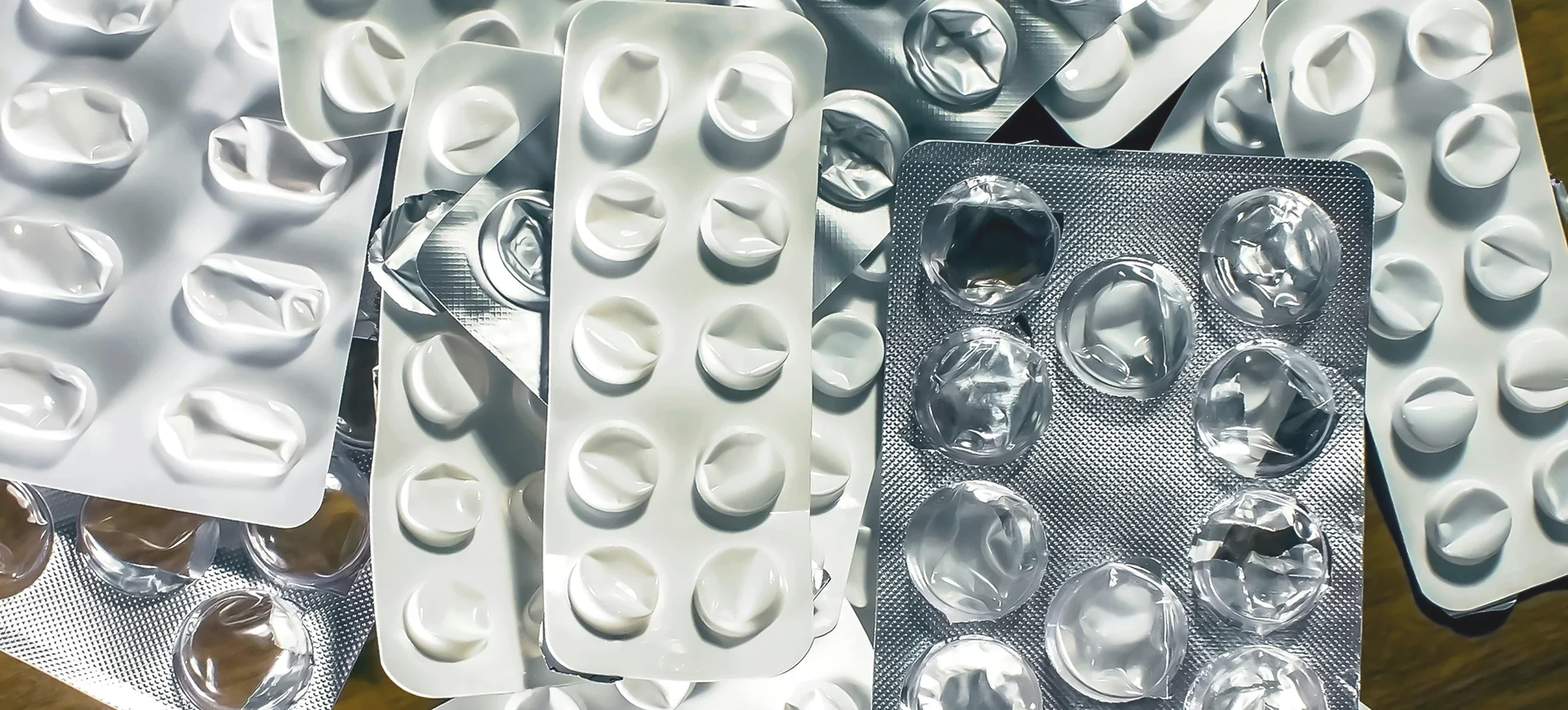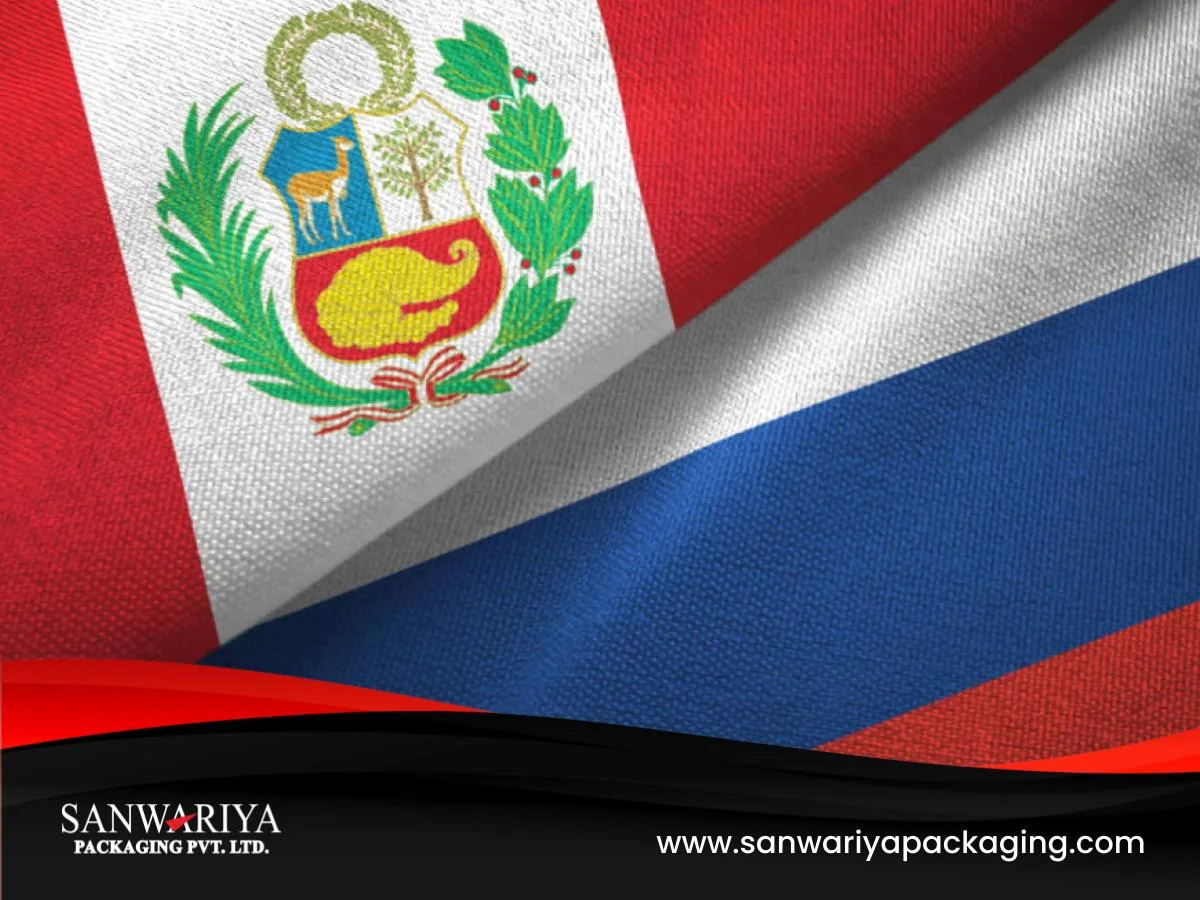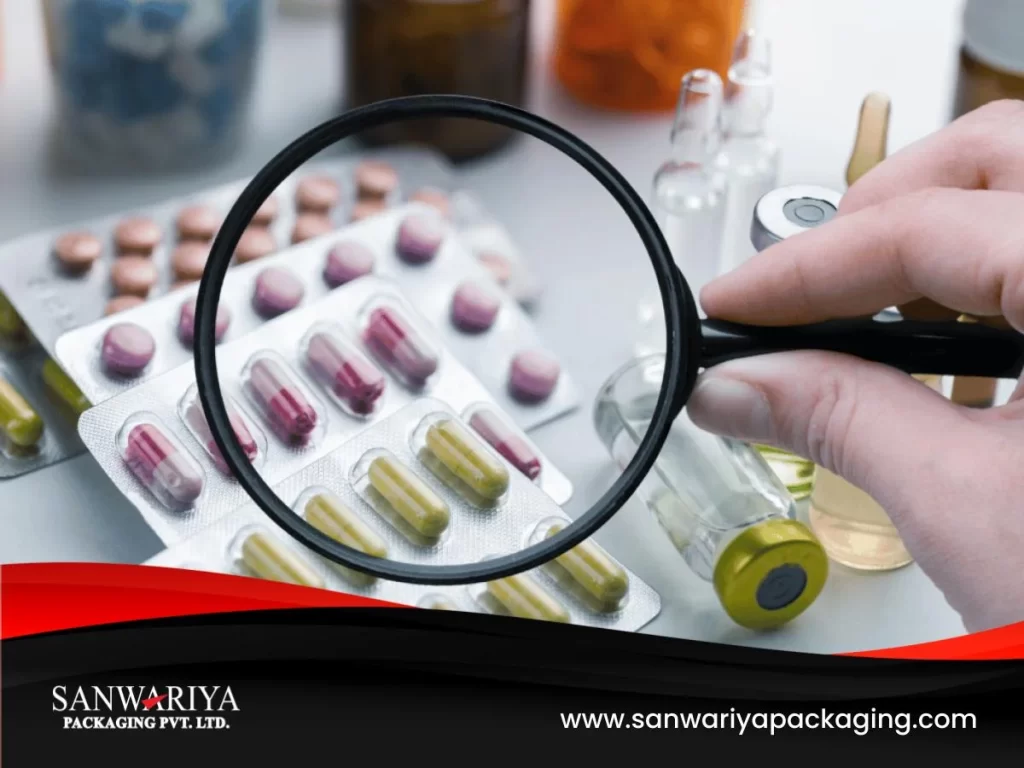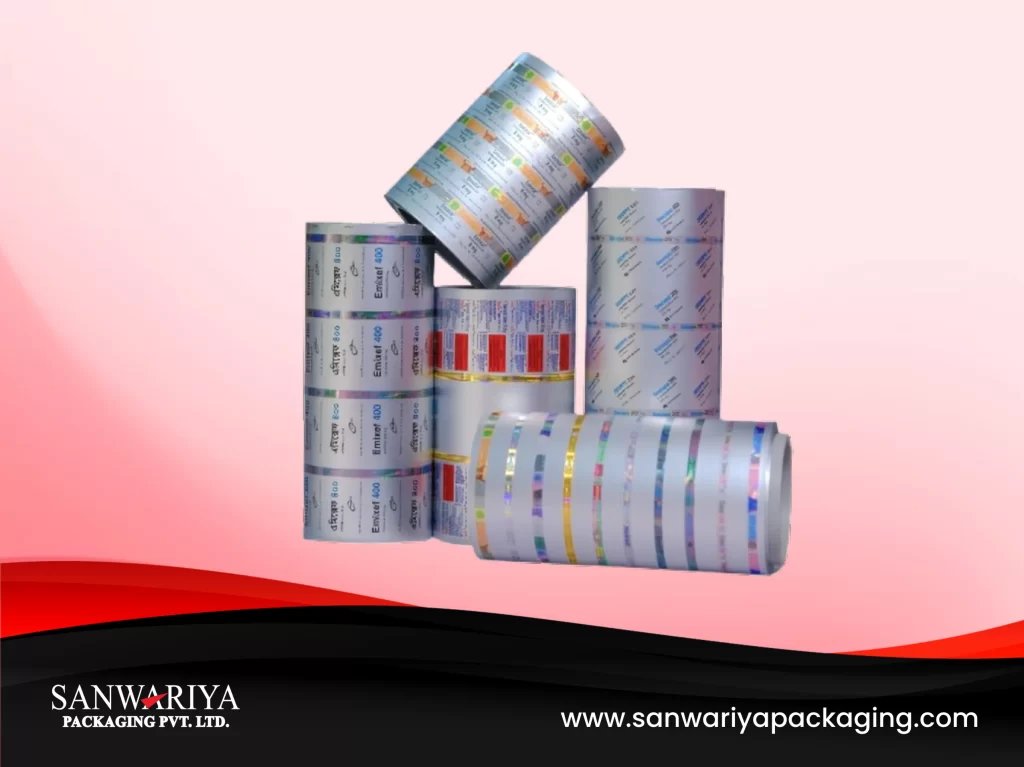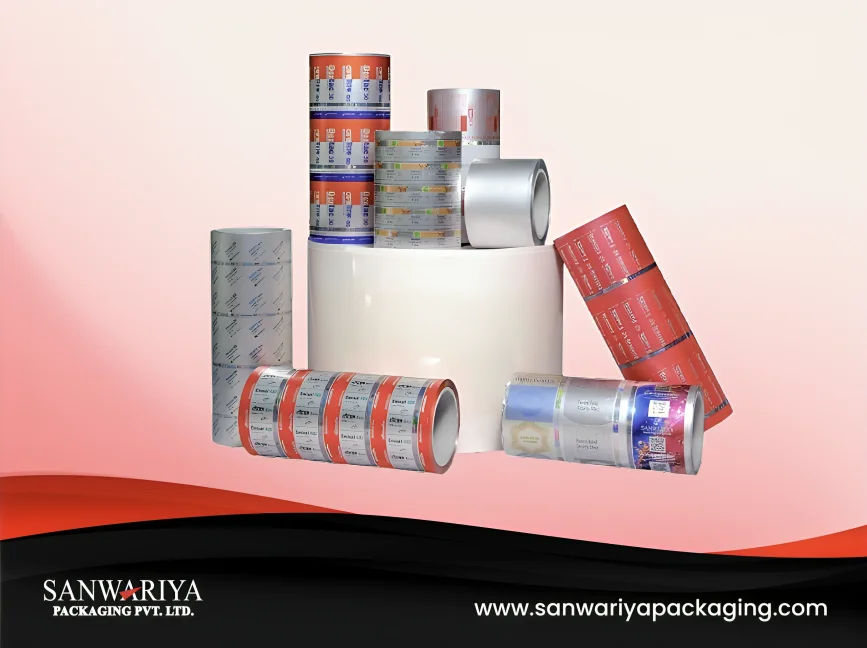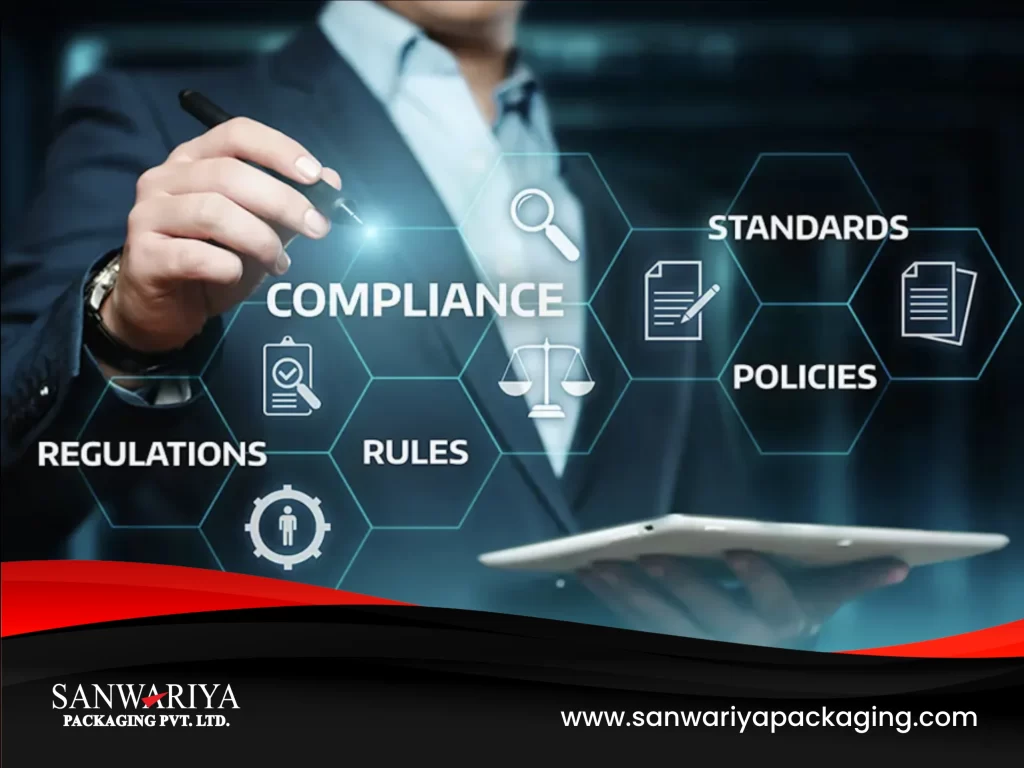
In pharmaceutical packaging, some materials stand out for their ability to protect medicines under the harshest conditions. Alu-Alu foil is one such solution, trusted worldwide for packing sensitive drugs. Yet, myths still surround it — from being “too costly” to “only for premium medicines.”
It’s time to separate myths from facts and understand why Alu-Alu foil is increasingly considered the gold standard in pharma packaging.
What is Alu-Alu Foil?
Alu-Alu foil, short for aluminum–aluminum cold-form blister packaging, is created by laminating aluminum with nylon and PVC (or other polymers). Unlike regular PVC blisters, Alu-Alu provides a complete barrier against:
- Moisture (critical in tropical and humid climates)
- Oxygen (prevents oxidation and drug degradation)
- Light (protects light-sensitive formulations)
- Contaminants (ensures patient safety)
Because of these properties, Alu-Alu foil is widely used for antibiotics, anti-malarials, and other highly sensitive formulations that demand maximum stability.
Common Myths About Alu-Alu Foil
Myth 1: “It’s the same as regular aluminum foil.”
Fact: Standard blisters usually have a PVC base, which allows some moisture or oxygen to pass through. Alu-Alu foil, however, creates a 100% barrier, essential for unstable drugs in challenging climates.
Myth 2: “It’s only for premium medicines.”
Fact: Once seen as premium, Alu-Alu is now common across essential generics, especially in ICH Zone IVa and IVb regions (hot and humid zones like Southeast Asia, Africa, and Latin America). Here, drug stability is non-negotiable.
Myth 3: “It’s not eco-friendly.”
Fact: Sustainability in pharma packaging is advancing. By optimizing foil thickness and improving recyclability, manufacturers are making Alu-Alu more sustainable. Some companies are already piloting recovery systems for laminate recycling.
Myth 4: “It’s too costly without added benefits.”
Fact: While Alu-Alu may have a slightly higher upfront cost, its long-term value is undeniable:
- Fewer recalls: Prevents costly drug recalls caused by moisture or oxygen damage.
- Extended stability: Keeps medicines stable for up to 36 months in tropical conditions vs. 12–18 months in PVC blisters.
- Extended stability: Alu-Alu packs provide superior protection against moisture, oxygen, and light — helping maintain the stability of sensitive formulations even in hot and humid (Zone IV) climates. The actual stability period should be supported by product-specific stability studies and regulatory data, ensuring evidence-based validation. (Source: Click Here)
- Global compliance: Meets USFDA, EMA, and WHO standards, minimizing export rejections.
The real ROI isn’t just cost — it’s stability, compliance, and brand protection.
The Facts That Matter
- Superior Barrier Protection: Blocks moisture, oxygen, and light.
- Global Regulatory Recognition: Approved and recommended by USFDA, EMA, WHO for sensitive formulations.
- Extended Shelf Life: Preserves stability even in extreme climates.
- Patient Safety First: Minimizes contamination and dosage risks.
- Sustainability Gains: Ongoing research into recyclable laminates.
Why Alu-Alu Foil Matters for Pharma Companies
For pharma manufacturers, packaging is not just about containment — it’s about compliance, reputation, and trust. Alu-Alu foil helps companies:
- Meet global export requirements without risking rejection.
- Protect brands against counterfeiting when combined with serialization printing.
- Avoid costly recalls and shipment delays due to weak packaging.
- Strengthen patient trust by delivering safe, stable medicines every time.
Alu-Alu Foil is more than packaging. It is a future-ready solution for drug safety, regulatory compliance, and brand credibility in global markets. While myths persist, the facts are undeniable: Alu-Alu foil offers unmatched protection, longer shelf life, and safeguards patients as well as pharmaceutical companies.
In a world where drug stability can determine patient health outcomes, Alu-Alu Foil stands as a reliable guardian of quality.
Partnering for Safer Pharma Packaging
At Sanwariya Packaging, we deliver pharma-grade Alu-Alu Foils engineered for the highest barrier protection and global compliance. Our expertise ensures your medicines remain stable, secure, and trusted across diverse markets.
Reach out to our team today to discover how our advanced packaging solutions can help you protect your products and your brand reputation.
